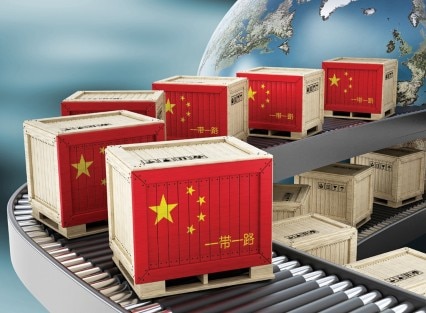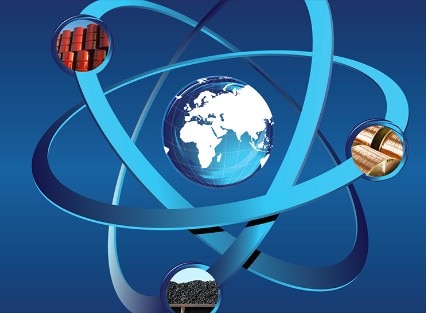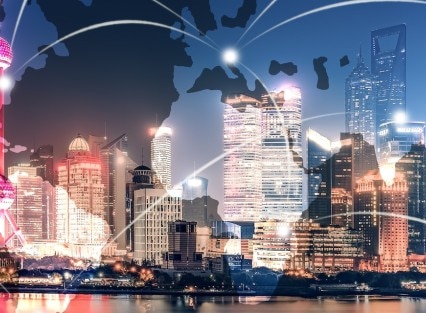Given that the ‘China dependence’ of many countries has risen considerably as China has become the largest contributor to global growth (at 40% vs. the U.S. at 16% in 2016), it is important to take a deeper look into the economic policies and initiatives unveiled at the Party Congress. In the report that follows, we outline what was said, examine the implications for Chinese growth based on the policies announced, and also examine the effect of these policies on the rest of the world.
Although specific GDP growth targets weren’t mentioned at the Party Congress, the Communist Party of China has repeatedly affirmed its commitment to doubling China’s 2010 GDP and per capita income by 2020, which we estimate would require annual growth of at least 6.3%, which we view as feasible. Economic stability and risk control will continue to be a high priority for China to avoid a hard-landing scenario and maintain a minimum level of acceptable growth no matter the rhetoric.
Given the consolidation of political power, we expect more breakthroughs, in industrial upgrading (e.g., Made in China 2025), rural land reforms, second-round urbanization (e.g., the Xiong’an new district, the Yangtze River economic belt, and the Great Bay area), financial reforms and further opening up (e.g., the Belt Road Initiative) as well as environmental protection.
We see the accelerated implementation of the ‘Made in China 2025’ initiative leading to China being best-positioned competitively in the communication equipment, advanced railway equipment, aerospace equipment, new energy vehicles and shipbuilding sectors. If the Chinese government is committed to providing significant state resources, even less well-positioned sectors could make rapid inroads. This could create greater competitiveness challenges in other countries who are already significant players in these targeted industries, and hurting countries with a high percentage of their GDP in these targeted industries, particularly countries in Central & Eastern Europe, countries with a large percentage of vehicle production (e.g., Mexico and Germany) and certain Asian countries (i.e., Singapore, Korea, and Thailand).
The emphasis on accelerating financial reforms should lead growth in China’s financial markets to the size of U.S. markets by 2025 — a tripling in the size of the bond market to $37.5 trillion, stock market capitalization rising to $31 trillion and banking assets of $68 trillion. In addition, the implementation of the rural vitalization strategy should unlock $20.6 trillion in rural farm wealth.
Finally, the new emphasis on environmental issues and top leadership’s determination to solve prominent environmental problems will have an effect on commodities and those countries that export commodities to China. However, combined with the new industrial manufacturing emphasis, there are countries that are both potential winners and losers.


